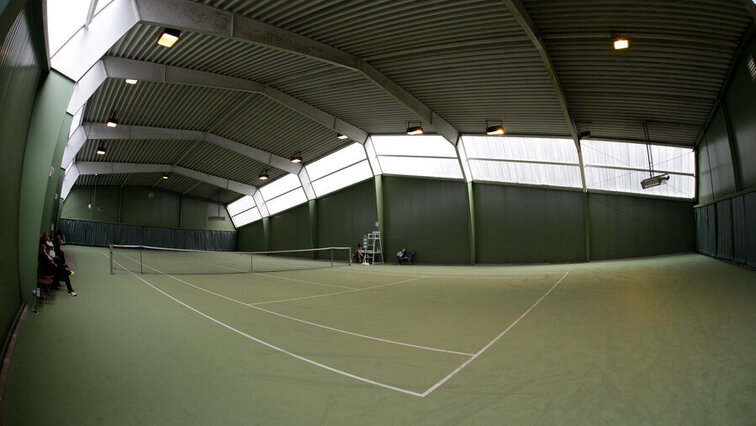Energy price explosion - will tennis become a semi-annual sport?
Tennis hall operators don’t have it easy: the restrictions caused by the corona pandemic have hardly been overcome when the rapidly rising energy prices are forcing some providers not to open their halls at all.
by tennisnet.com
last edit:
Oct 06, 2022, 04:58 pm

The days are getting shorter, the temperatures are falling - we are in that time of the year when hobby players are slowly reaching for their indoor shoes again, wanting to hit a few balls in the evening after a hard day's work. But that could be difficult given the war in Ukraine and the associated rapid increase in electricity and gas prices.
Because not every operator of a hall will actually put it into operation or set it up as an air dome in winter 2022/23. "In Austria there are about 250 indoor tennis courts with an average of three courts," says Raimund Stefanits, long-standing Vice President of the Austrian Tennis Association (ÖTV) and himself the operator of a large tennis facility in Vienna. "In Vienna alone, however, ten air domes and two permanent halls have not even opened." However, energy prices have increased to ten times the "normal" level. This is no longer financially feasible for Stefanits, who operates ten permanent indoor courts and four air domes in Vienna's La Ville. “The big awakening will come in April when the bills come in,” continues Stefanits, who is in constant contact with his competitors. "The halls that haven't opened now had to realize for themselves that the winter season wasn't worth it for them."
Tennis coaches as sufferers
Some halls only closed 14 days before the start of the winter season. At this point, the indoor courts would usually already be booked. While Stefanits also and especially for the west of Austria sees major problems in terms of air domes, the situation in Bavaria does not seem to be quite as tense.
Of course you have to differentiate, Julia Höhn explains to tennisnet. Anyone who has an air dome of the latest generation can assume that the energy consumption is sometimes even lower than that of an (older) permanent hall. However, both Raimund Stefanits and Julia Höhn have one professional group in mind: the tennis teachers, who also had a difficult time in the summer due to the corona pandemic. "I see the fact that the trainers cannot pursue their profession as one of the main problems," says Höhn. Which of course has a direct negative impact on the activity of many young people.
Is there government support?
So far there has been no sign of support from the government for the hall operators for their current problems, neither in Bavaria nor in Austria. After all, a subsidy of 30 percent was approved in Austria a few weeks ago, but retrospectively for the costs already incurred in 2022. But every hall operator has ongoing contracts.
"If we don't get help there, I'm convinced that in Austria you can no longer speak of tennis as a year-round sport," Stefanits sums up. Who does his part to save energy costs in his halls: The temperature is reduced from 16 to 14.5 degrees. In sunshine this won't make much of a difference. But winter is characterized by shorter days and often rather fresh winds.
On the other hand, the demand for indoor tennis is unbroken: The Bavarian Tennis Association reports a record high in registrations for the winter round. It remains to be hoped that there will also be enough halls in which this round can be played.
